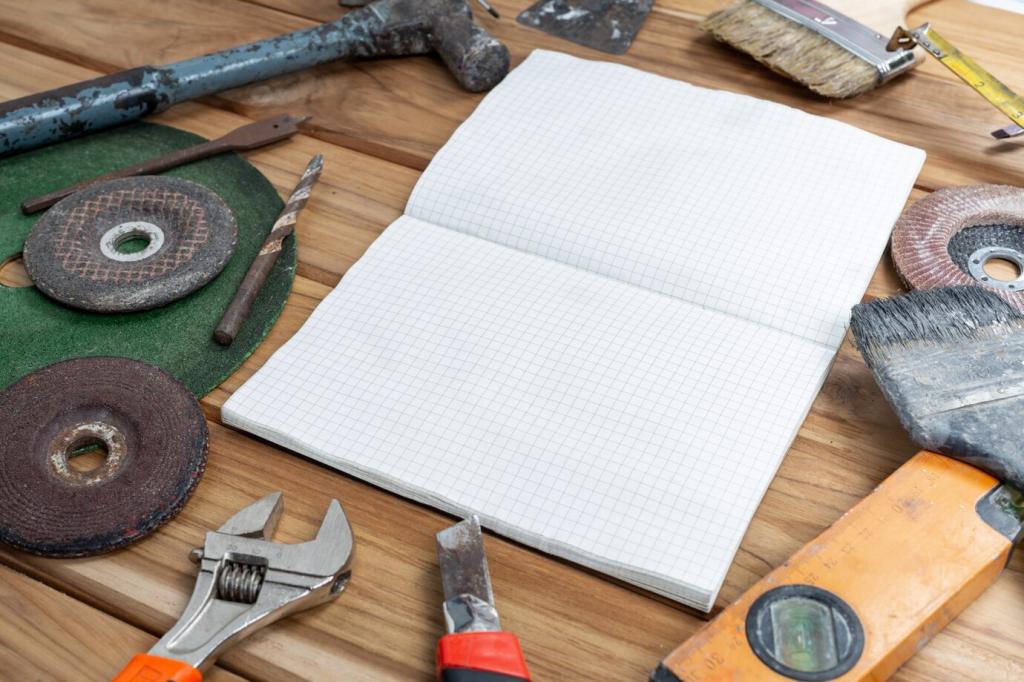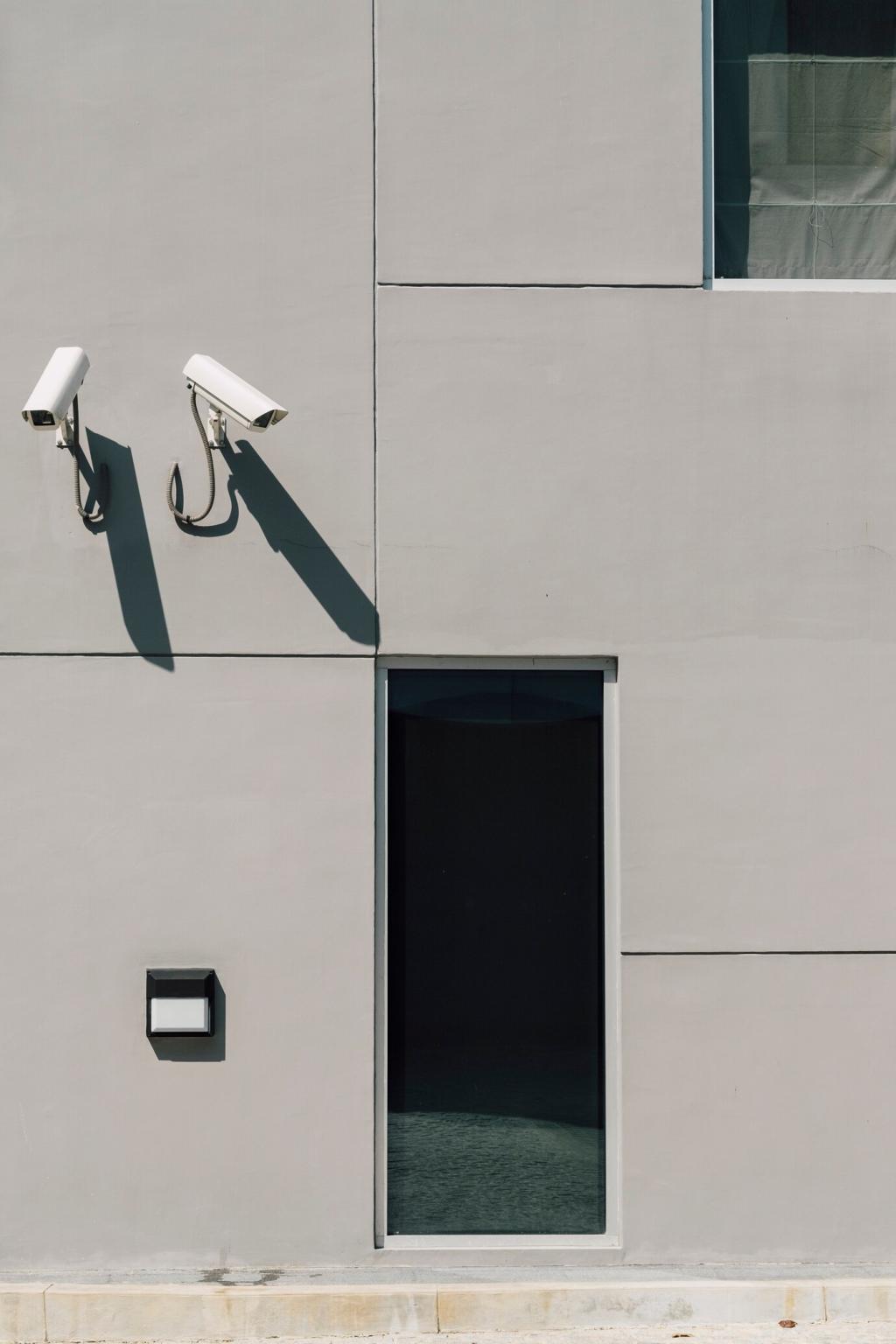Collaboration, Communication, and Culture
Quick clarifications prevent silent deviations. A five-minute call about edge distances can avoid costly patching. What question do you wish more installers asked earlier, and how can we normalize fast, respectful field-to-engineer communication?
Collaboration, Communication, and Culture
Short, focused talks about torque, edge distance, drilling technique, and corrosion pay back all year. Share a toolbox talk outline that made your crew safer and faster, and we will feature it with credit for the community.




